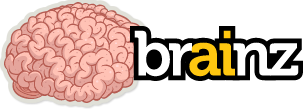An adjective is a part of speech. It serves to modify a noun, in the sense that it provides an additional description or a qualifier.
While many languages have no adjectives, in some (like English) it is very important and frequently used.
There are two types of adjectives. The predicative adjective comes in a sentence form, ex. “The children are noisy.” The adjective (noisy) acts as the sentence predicate and is linked to the noun (children) with a copula verb (is).
The attributive adjective, when used with the noun, comes in the form of a phrase (ex. “the noisy children”) and does not, as the grammaticians say, form a “complete thought.” In this situation, the adjective is directly connected to the noun. In some languages like English, the adjective comes before the noun; in others, like French, the adjective comes after it.
Some adjectives can come in both attributive or predicative form (as in the example above, “noisy”). Others can only be correctly used as an attributive adjective, or a predicative adjective. For example, it’s okay to say “she is the sole heir to the throne.” But once this is converted to “The heir to the throne is sole” it simply doesn’t make sense—unless one is implying that a poor country is destined to have a fish for a king.
Adjectives modify nouns, but they can themselves be modified by adverbs or adverbial clauses. For example, “noisy” can be converted to the form “noisily.”
A noun can be modified by two or more adjectives, which begs the question of which one comes first. Most languages have a “correct” order, learned by native speakers intuitively through exposure and experience. It takes some sensitivity to the language to realize, for example, that one should say “the happy little girl” as opposed to “the little happy girl.”
